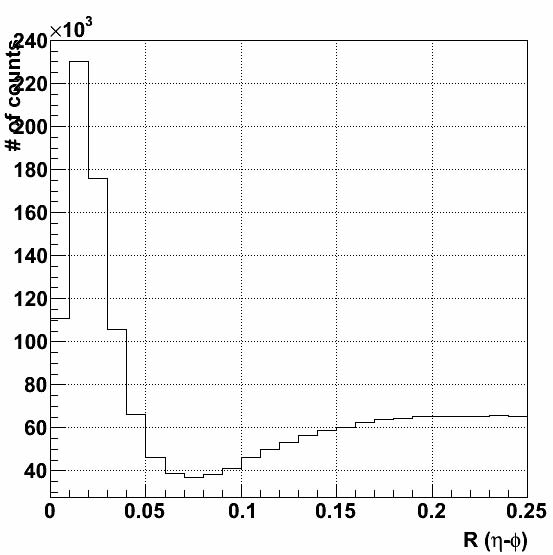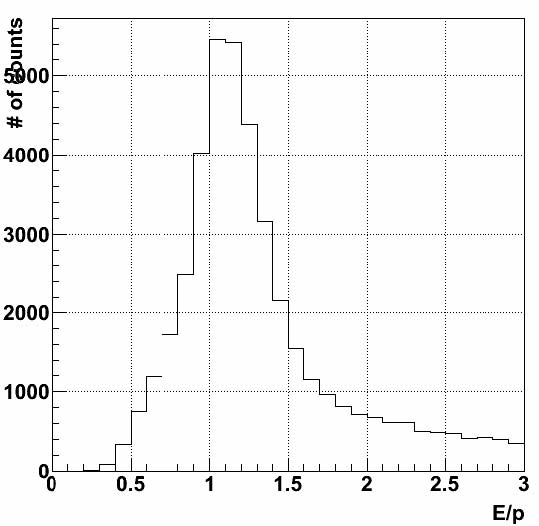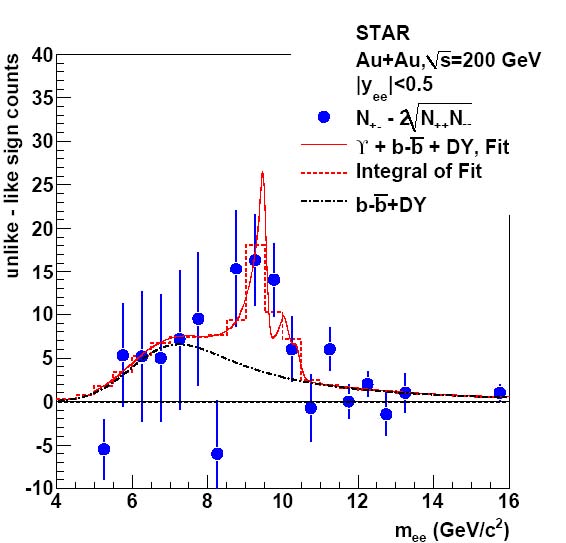- Bulk correlations
- Common
- GPC Paper Review: ANN-ASS pp Elastic Scattering at 200 GeV
- Hard Probes
- Heavy Flavor
- Abstracts, Presentations and Proceedings
- Comparisons between STAR and PHENIX
- HF PWG QM2011 analysis topics
- HF PWG Embedding page
- HF PWG Preliminary plots
- HF PWG Weekly Meeting
- Heavy Quark Physics in Nucleus-Nucleus Collisions Workshop at UCLA
- NPE Analyses
- PWG members and analysis
- PicoDst production requests
- Upsilon Analysis
- Combinatorial background subtraction for e+e- signals
- Estimating Acceptance Uncertainty due to unknown Upsilon Polarization
- Estimating Drell-Yan contribution from NLO calculation.
- Response to PRD referee comments on Upsilon Paper
- Upsilon Analysis in Au+Au 2007
- Upsilon Analysis in d+Au 2008
- Upsilon Analysis in p+p 2009
- Upsilon Paper: pp, d+Au, Au+Au
- Using Pythia 8 to get b-bbar -> e+e-
- Varying the Continuum Contribution to the Dielectron Mass Spectrum
- WWW
- Jet-like correlations
- LFS-UPC
- Measurement of Single Transverse Spin Asymmetry, A_N in Proton–Proton Elastic Scattering at √s = 510 GeV
- Other Groups
- Peripheral Collisions
- Spin
Upsilon Analysis in Au+Au 2007
Updated on Wed, 2010-09-01 16:50. Originally created by calderon on 2010-08-31 18:28.
Under:
Paper Title: Observation of Upsilon mesons in Au+Au collisions at sqrt(sNN) = 200 GeV
Target Journal: PRC
PAs: Rosi Reed, Debasish Das, Haidong Liu, Pibero Djawotho, Thomas Ullrich and Manuel Calderón de la Barca Sánchez.
Links.
Rosi Reed's Upsilon-related presentations.
Abstract:
We report on a measurement of the dielectron mass spectrum from 7 to 15 GeV/c2 at midrapidity in Au+Au collisions at √sNN = 200 GeV. The main contributions to the spectrum in this range are the ϒ(1S+2S+3S) states as well as the Drell Yan and b-bbar continuum. We compare the ϒ yield to the measured cross-section measured in p+p, scaled by the number of binary collisions, to obtain a nuclear modification factor of RAA (1S+2S+3S) = 0.92 +/- 0.37 (stat.) +0 -0.14 (syst.). The measured yield, which is dominated by the ϒ(1S) state, is consistent with no suppression within the available statistics.
Conclusion:
We report on a measurement of the dielectron mass spectrum near the ϒ mass region with the STAR detector. Our result opens a new era of bottomonium studies in heavy-ion collisions. The yield of ϒ(1S+2S+3S) states in 0-60% central Au+Au collisions is found to be 83 +/- 17 (stat) +/- X (syst). Given a cross-section of ϒ in p+p of 114 pb, we find that the nuclear modification factor RAA for ϒ(1S+2S+3S) → e+e is 0.92 +/- 0.37 (stat.) +0 -0.14 (syst.). Our measured yield is dominated by the ϒ(1S), so our result indicates that this state shows little suppression in Au+Au collisions at RHIC energies. We see a slight indication of suppression in the 0-10% most central collisions, but more statistics are needed to make definite conclusions. Lattice QCD results on quarkonium suppression due to color screening indicate that the ϒ(1S) state survives to ~4Tc, so the observed yield places a model-dependent upper limit on the temperature reached in Au+Au collisions at RHIC.
Figures:

Figure 1a: The black histogram shows the η−φ radial distance R = √(Δη)2+(Δφ)2 where Δη and Δφ are the differences in η−φ between the candidate electron tracks in the TPC and the centroid of the triggered cluster in the BEMC.

Figure 1b: The E/p distribution for towers between 6.0 < E < 7.0 GeV, and tracks which have satisfied the conditions R < 0.04 and -2.0 < nσelectron < 3.0. An electron should leave all of its energy in the calorimeter, so we would expect this distribution to be a Gaussian centered about 1. The Energy measurment includes contributions from the underlying-event, which is high in Au+Au collisions, shifting the E/p peak to values greater than 1. The tail at high E/p results from pi0 events, as the Upsilon trigger also selects dijet events.

Figure 4: Invariant mass spectrum for unlike-sign (closed circles) and like-sign (line histogram) electron pairs. The like-sign spectra were combined as B = 2√N++N--.

Figure 5: The solid circles depict the invariant-mass spectrum after subtraction of the like-sign combinatorial background. The fit (solid line: functional form; dashed histogram: integral in each bin) includes contributions from the ϒ states, as well as Drell-Yan and b-bbar. The ϒs are represented in the fit by three Crystal-Ball functions. The dot-dashed curve illustrates the Drell-Yan and b-bbar continuum as extracted in the fit.
»
- Printer-friendly version
- Login or register to post comments
